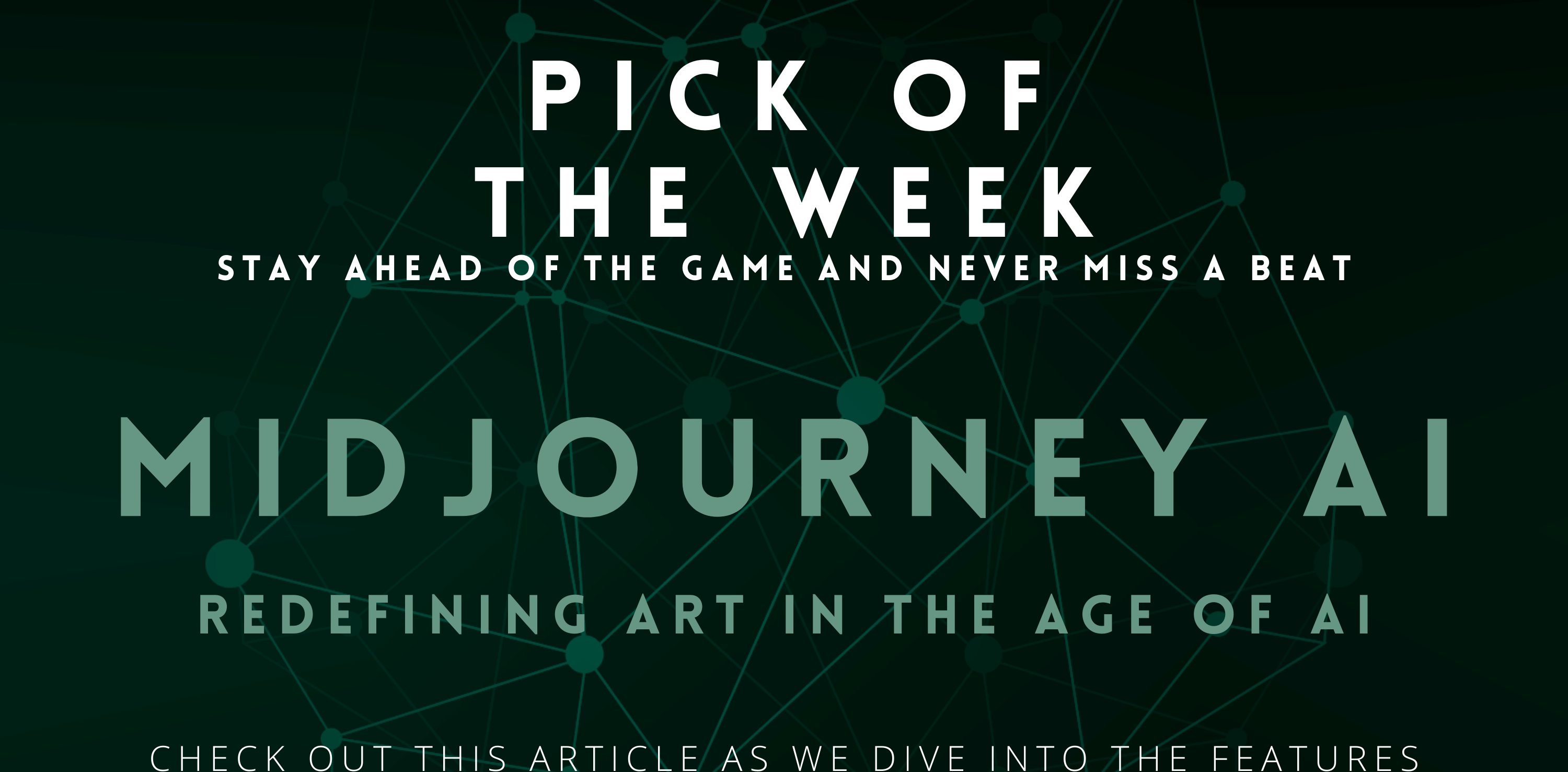


Midjourney is an AI tool that takes a prompt from the user, which could be text or image input, and generates unique images in response. Developed and hosted in San Francisco, the one-year-old tool has become popular in various sectors. In advertising, for instance, the quick adoption of this technology meant rapid creation of new ideas and brainstorming and opened the doors to new opportunities, including custom ads and a new way to create special effects.
The AI tool is a black box for most of the users, as the team has kept quiet about its background and training. Still, in all likelihood, it is similar to that of Dall-E 2 and Stable Diffusion, the latter being open source. These models work by adding noise to an image and then learning to recover the data by reversing the noising process, trained on millions of images and text descriptions scraped from the internet.
The dataset has been the subject of controversy as some artists publicly accused Midjourney of "devaluing original creative work". Although Midjourney’s policy allows artists to request the removal of their work from the training set, many of them filed a class-action lawsuit against the company last year. The copywrite infringement controversy aside, Midjourney faces yet another challenge: the lack of control over what the users are allowed to generate. This has become apparent with the launch of Midjourney v5, which pushes the boundaries of realism in synthetic pictures, and the lack of fake image detection tools doesn’t help their case, especially since the public is concerned about the tool being misused for propaganda or other harmful purposes.
Taking everything into account, we are living in an important era for generative AI. As the technology advances, it is crucial companies working on these tools to demonstrate their commitment to creativity and the ethics of this new era of art.